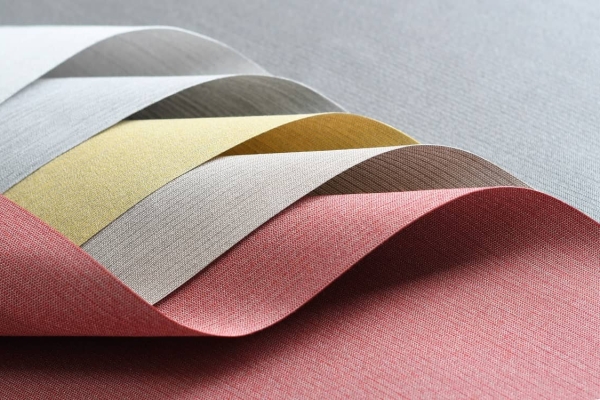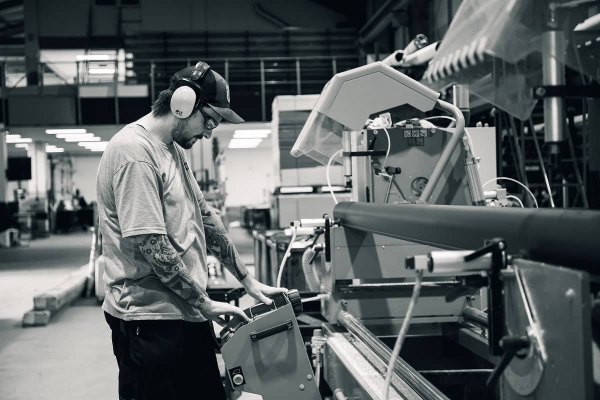Today marks the first Global Shading Day. Created by the European Solar Shading Organisation (ES-SO), its aim is to inform both the public and policy makers about the human, environmental and economic benefits of solar shading.
The earth’s climate is rapidly changing, with temperatures rising by an average of 0.08°C per decade since 1880. According to data collected by the National Oceanic and Atmospheric Administration (NOAA), 2022 was the sixth warmest year on record, with climate experts predicting that 2023 will be even hotter.

According to the World Economic Forum, when heatwaves occur “without any shades or ventilation, you’ll quickly be in danger zone” – further proving that now is the time to take action through legislative measures to make buildings more climate resilient in preventing overheating.
Here we ask our managing Director Stuart Dantzic, key questions around the importance of the shading day and what it highlights.
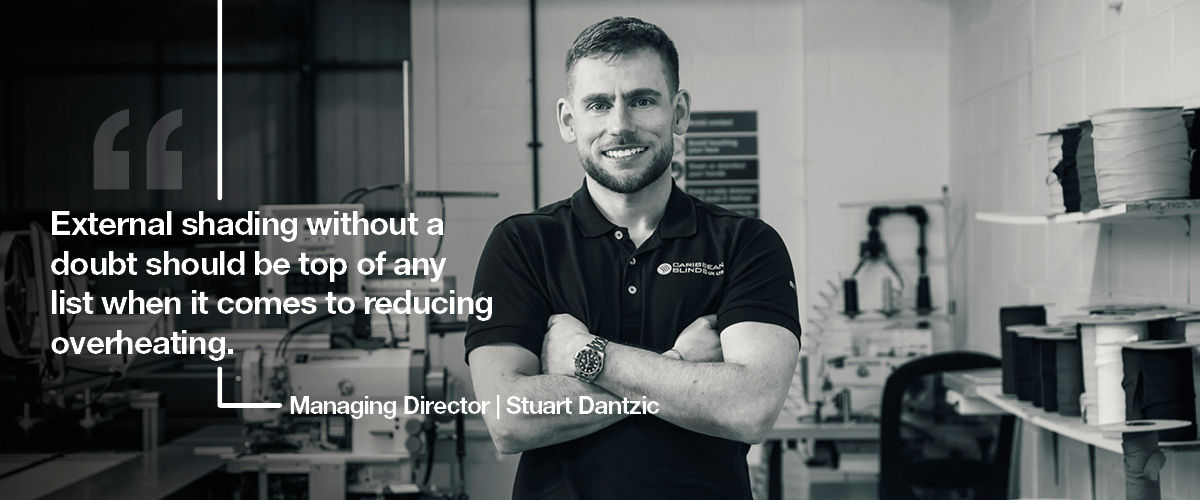
- What does Global Shading Day mean for Caribbean Blinds?
For years we have been promoting and pushing the message about the benefits of external shading, in particular reducing energy, saving money and cutting emissions and how external shading makes perfect business sense in the fight against climate change along with occupant comfort, however, the Global Shading Day, is a world-wide campaign, that is aimed at providing a consistent message across all continents by all companies who take part and therefore will have a much greater reach and impact.
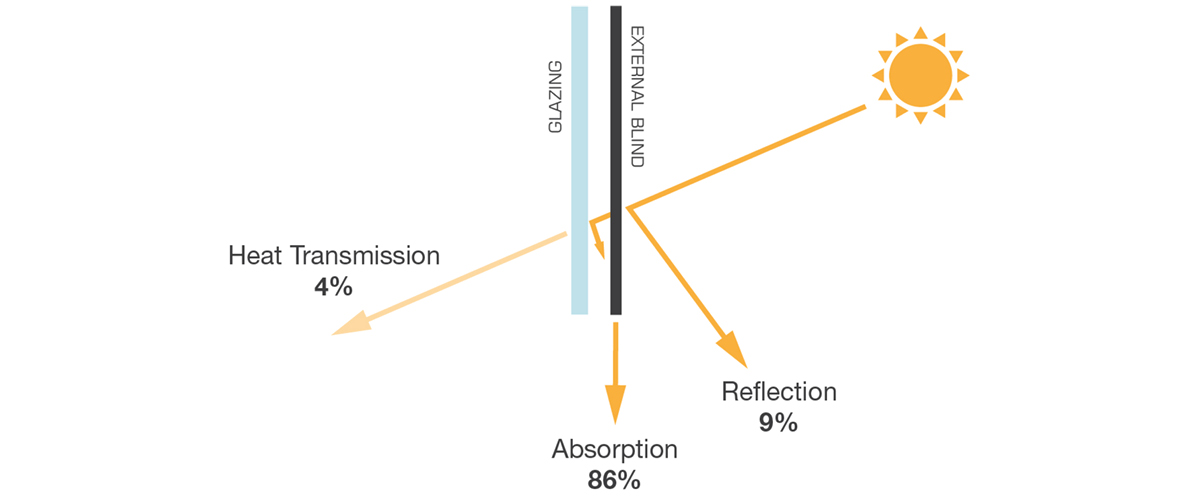
- What are you doing as a company to enforce awareness around solar shading?
We actively and continually promote the benefits of solar shading across both in digital and in-print media and in particular our online shading guide is aimed at anyone researching shading to give them a better understanding of how the suns energy works, why external shading is so effective at controlling heat and light, what this means in real terms (performance figures) and the types of shading available. Furthermore we regularly provide continual professional development seminars for specifiers from interior designers to architects in charge of building design to best inform them of the benefits and features of shading, solutions available and how to both seamlessly and cost effectively integrate them within a building design. This has been further re-inforced with our London Design Studio, a base and hub for architects to truly understand external shading.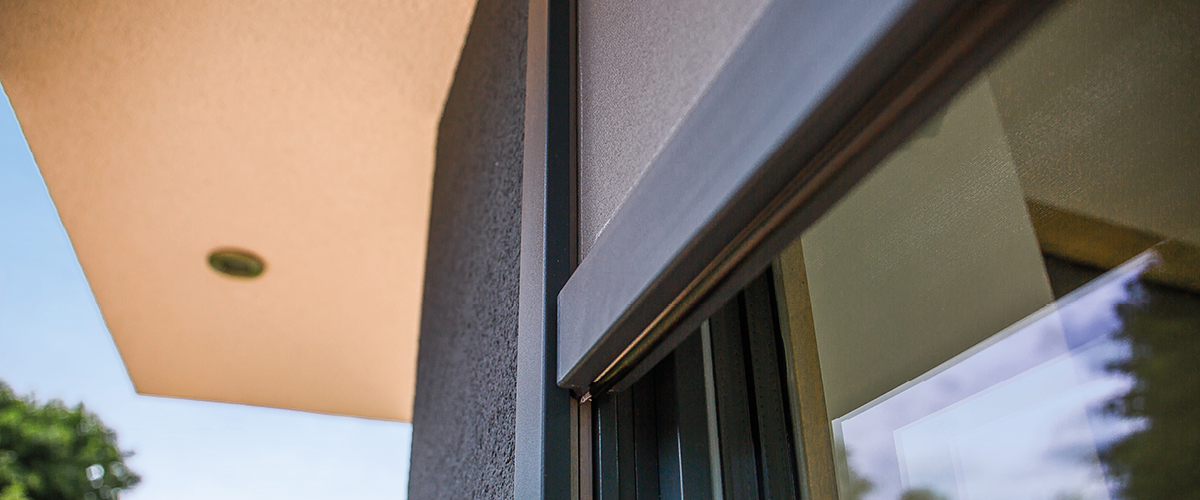
- How important is shading in the overall aim to reduce overheating and heat-related deaths?
External shading without a doubt should be top of any list when it comes to reducing overheating and the subsequent impact this has. As a first line of defence, creating a physical barrier between the suns energy and glazing, external shading is the most effective way to prevent unwanted solar heat gain, subsequently eliminating excessive solar heat gain and stopping interior temperatures rising and properties overheating, without the need for both energy hungry, noisy and CO2 emitting cooling devices that only ‘cure’ the issue once it has occurred.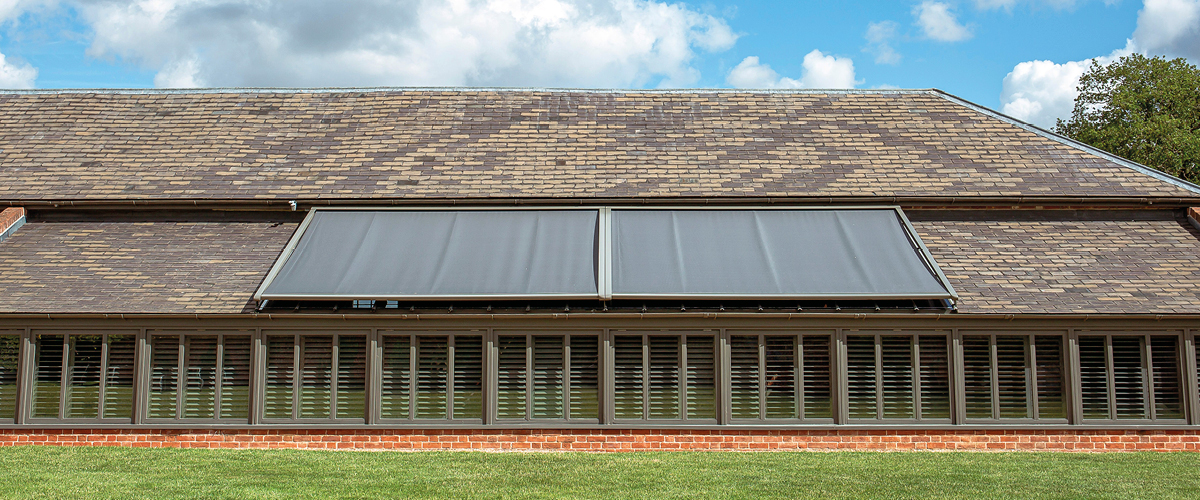
- What benefits does solar shading offer, both economically and environmentally? How does it improve energy efficiency levels?
In short external shading reduces energy use associated with both cooling and heating, subsequently saving money and cutting emissions. Modelling has shown that external shading can save as much as 54% of HVAC energy and as high as 48% of a buildings total energy. In fact external shading incorporated into the design of a building at the outset along with other passive cooling design can mitigate the need for air conditioning all together (just look at Passive House standard).

- What can we as consumers be doing to help reduce the effects of climate change?
As consumers first and foremost we must look at our energy consumption and subsequently the resultant CO2 emissions. Heating and cooling can use vast amounts of energy and subsequently emit large amounts of CO2 further causing the planet to warm, so the reduction of this is essential. We have been encouraged to insulate our homes, in fact legislation dictates this which reduces heating use but increases the need to cool as heat remains trapped in the property, so external shading must be considered as a way to prevent excessive heat gain (overheating) without the need to ‘cure’ the problem through the use of artificial cooling.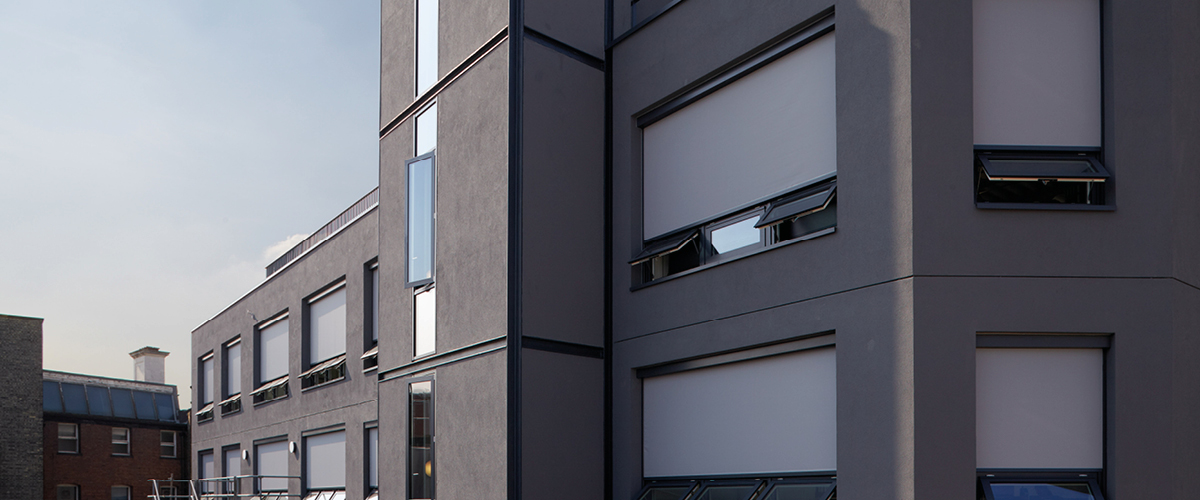
- What does the rise in temperatures/heatwaves mean for the shading industry in the long term?
Warmer temperatures has meant year on year rise in demand for external shading and this will continue. The season for external shading is no longer limited to Summer months as consumers and businesses are wanting to prepare for the warm weather ahead, given the more frequent heat waves and unbearable temperatures from them. The rise in demand helps to maintain or even reduce costs of external shading systems due to greater economies of scale and to a degree limit the raw material cost increases incurred during the pandemic.
- What are your predictions for the future of shading?
The sector not only will continue to grow at an accelerated rate but innovation due to growth will be at the forefront with technology and fabrics the key areas we can expect to see continued improvements in both performance and function. Already external shading can automatically adapt to the ever changing ambient conditions working in conjunction with whole building systems (HVAC) for maximum energy saving function and occupant comfort and fabrics that block the heat not the view and therefore allowing for endless spans of glazing so desired in building design to blur the boundaries between in and out.



